
CAMERA ANGLES
Examples of the two camera techniques:
TASK 1-Research
What is a 'single -camera production?' -Define
A single camera production, is a method of filmmaking and video production.
what are the benefits of limitations of a single-camera techniques?
Since only one camera records each shot, the operator has more liberty to move the camera around with less limitations caused by having to avoid seeing another camera work recording another scene. However, a limitation to this would would be editing, as you wouldn't be able to add all the stuff you would want, limiting the techniques you could include.
,
what is a 'multi-camera Production?'-Define
This is a video production method where several cameras record or broadcast a scene at the same time.
What are the benefits and limitations of multi-camera techniques?
limitations towards multi camera use would be, it could increase in cost compared to using a single camera technique, limiting the budget that will go be going towards the actual film/broadcast, ect. another limitation using a multi camera technique would be, getting the precise placement in a scene to not get the other cameras included and seen by all of the cameras being used, causing, an increase in time on editing the other cameras out of the shot. However, benefits of using the multi camera technique is getting more better shots of the scene, taking place. Getting better angles and advanced quality of the scene shown.
'Continuity'. what is it?
Continuity-The unbroken and consistent existence or operation of something over time.
How does this apply to media?
This applies to media as this is the principle of making sure all details of the film or TV show are consistent from shot to shot and to scene to scene.
What impact could single or multi camera techniques have on continuity?
Continuity would have a positive impact on single-camera techniques, as this technique only uses one camera. Meaning, that it'll work in a more efficient way, making it easier to edit keeping that constant flow, and wouldn't have to cut as its only being shot by just one camera. However, continuity would have a negative impact on the multi-camera technique, as its used by multiple cameras to make a scene, making it harder to get that constant shot. As they'll have to be added together, not getting that constant shot.
TASK 2-Research
Documentary's use the recurring use of single camera techniques mainly because this is a more efficent way for shots to be taken accuretly when in the making. The framing, angles and shots taken would be a Mid shot, Close up and over the shoulder as we normally see these shots included to make good edited/quality documentary.
Documentary
TV Drama
TV Drama's would use a Multi-camera technique included to the film/show as they are mostly composed with different shots taken from different angles. With some examples being, Long shots, Mid shots and Hand-held shots. Reasoning being for these techniques used would be, to create a sense of apeal to the audience creating an realistic type to showing, with the angles and frames put in place.
Youtube vlog
YouTube vlogs would use the single-camera technique as most of the shots and angles are filmed with one camera, with an hand-held tracking use of coverage technique, for the vlogs.
Soap (UK) and Sitcom (US)
Profiles on media productions:
Soap and Sitcoms would be a multi-camera technique, as they will need to capture all angles of the characters, therefore mainly being composed with the frames of Long shots,Mid shots and Close ups.
Music videos
Music videos would be made with multi-camera technique's, as they do not just consist of just an single camera shot but, multiple shots to creating a unique and bigger effect. With the angles and shots consisting from a wide variety of shots being, Birds eye view, Close up, Extreme close Mid shot,hand held and more. Depending on the type of style the creator is aiming for.

Multi-Camera technique:

Single-camera technique:

.png)












.jpg)


Task 3-Techniques
Single-camera techniques video screening.
Movements-Framing-Angles/shot
Tracking
Big Close Up
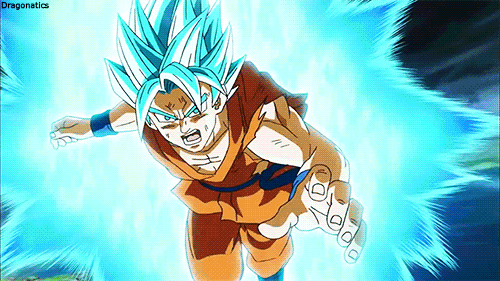
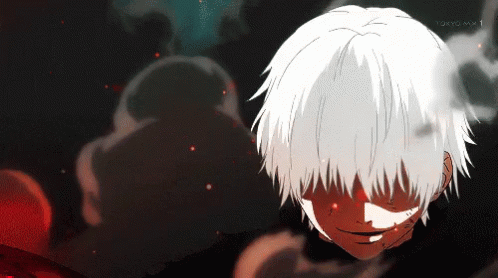
camera moving in or out, left, following a subjects movement (Dollying)
the camera focus is on the subject facial expressions, with the subject framed eyes or mouth.
Zooming
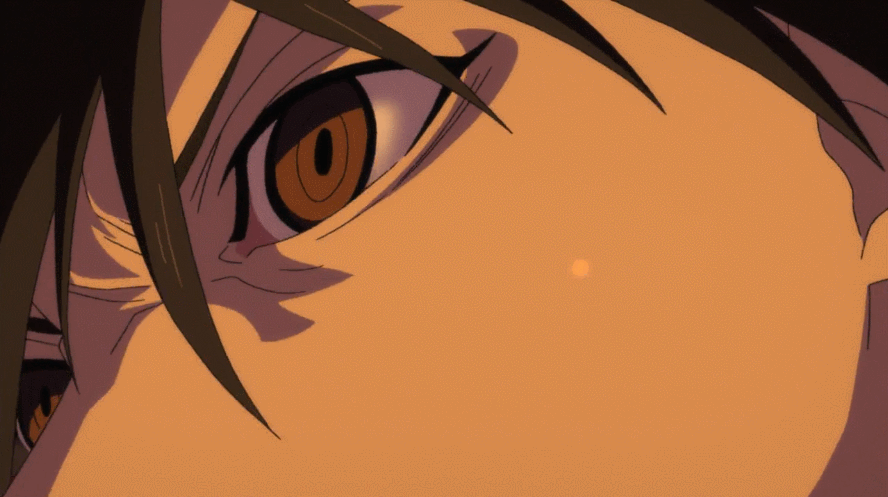
camera lens moving in or out of a subject. The lens moves but the camera remains stationary.
Hand-Held Shot
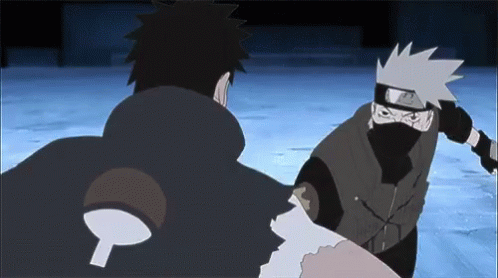
camera is not mounted and therefore has a jerky action, creating a sense of realism
Titling Shot
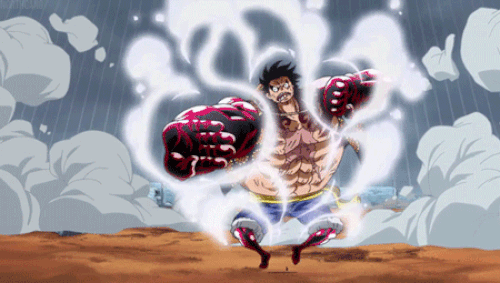
Extreme Close Up
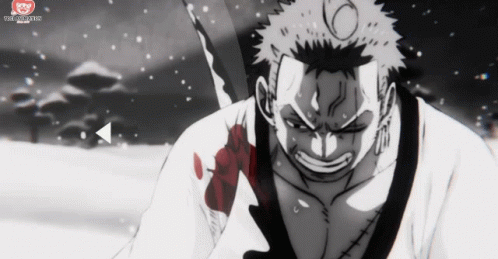
camera moves up or down only, the camera remain in a stationary position.
The camera focus is on the subjects facial elements, with specific features framed.
Extreme Long Shot
Long Shot
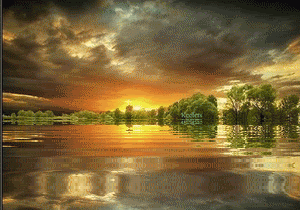
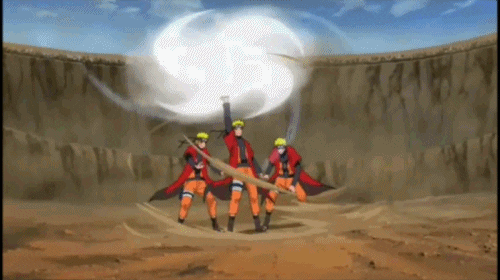
The cameras focus is on the location, there is no subject or the subject is far away.
The cameras focus is on the subjects whole body, with the subject framed head to toe.
Medium Long Shot
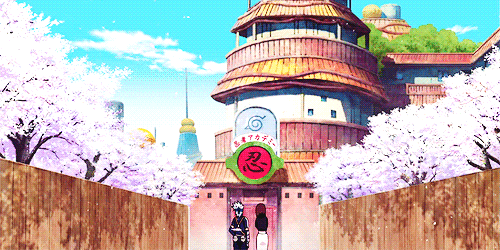
The cameras focus is on the subjects body, with the subject framed from knees up.
Medium Close Up
Mid Long Shot
Close Up
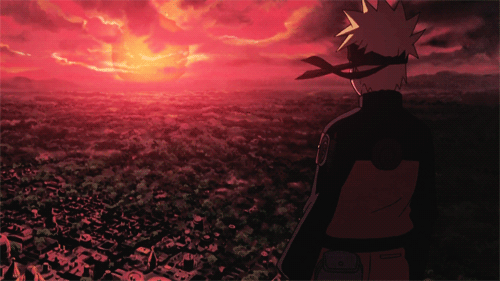
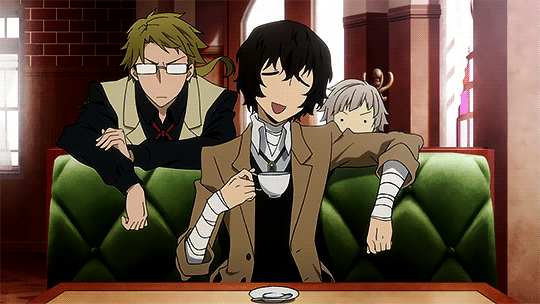
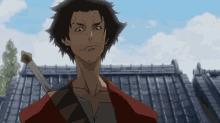
Heading 2
The cameras focus is on the subjects whole torso, with the subjects framed head to waist.
The cameras focus is on the subjects upper torso, with the subject framed head to chest.
The cameras focus is on the subjects profile, with the subject framed head to shoulders.
Worms Eye View
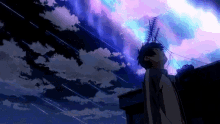
Canted Angle
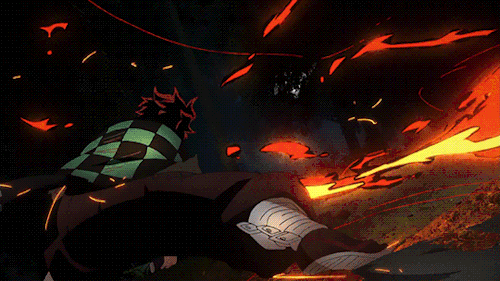
Birds eye view
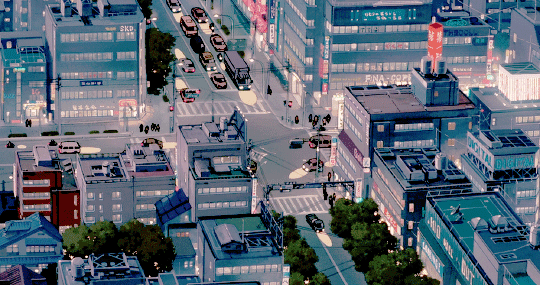
A shot taken from directly below, looking up to the action or point of interest.
An unbalanced shot, where the physical camera itself in an unorthodox angle.
A shot taken from directly above, looking down on the action or a point of interest.
Task 5-Settings
Focus Definition:
Part 1-
My Camera Angles Examples:

Medium Close Up

Mid Shot

Focus is a combination of lens, aperture and light. focus also is the moving of the lens elements until the most possible accurate image is achieved.
Long Shot

Medium Long Shot


.jpeg)
Extreme Long Shot
Part 2-
Aperture:


KEY POINTS:
THE LARGER THE HOLE=MORE LIGHT ENTERS.
THE SMALLER THE HOLE=LESS LIGHT ENTERS.
My Examples:
Aperture is the opening in the lens when you hit the cameras shutter release button, a hole opens up that allows your cameras image sensor to catch a glimpse of the scene you're capturing. The aperture you set impacts the size of the hole.

f/1.8


f/2.8
f/2.2

f/3.5


f/5.6

f/4.5
f/7.1


f/11
f/9.0

f/14


f/22
f/18
Shutter Speed:


Shutter Speed is the amount of time that the shutter is open. in digital video shutter speed is the length of time that your image sensor sees the scene you're attempting to capture

Part 3

1/2


1/8
1/4
Part 5-
focal length:


Focal Length-One of the most common uses of zoom lenses is to zoom in an object that are far away. While this flexibility might seem tempting for getting close to awkward objects, there is another benefit of zoom lenses when taking portraits in front of vast spread of scenery.
Focal length examples:

18mm


35mm
28mm

50mm

80mm

135mm

200mm

300mm
Core Assessment
Music Video
Through this music video, we see a wide range of different camera techniques expressed, through this music video's use of single-camera shots shown. this is done to establish the different tone's throughout the video. Firstly, we see the establishing shot of the music video to be of someone placed in a dark mysterious location. This is used to set an enigma for the music video, setting a strange and puzzling tone created to intrigue the viewer.
The music video also consists of a f/3.5 aperture, medium close up shot, of movements. This use of camera technique, creates a weary effect that brings out the rappers facial expression. Done to produce a unique feel. The video, then goes to a Low Angling framing rotation shot of all the people included in the Music video. This is done to make the rappers seem superior belittling us the viewers, presenting us as inferior. However, in order to shoot this shot the editor had to have a clear aperture, making sure the the viewings shown is clearly enhanced to clearly capture the rappers features.
The Music Video, then leads to another worms eye view shot stationary in a bag, with the cameras focus zooming slowly, in a stationary positioning into the rapper. The rapper gives direct eye contact with the camera, connoting we are seen to be the money staring back at the rapper, as when the camera angling switches to a Mid shot with a normal focal length of 18mm, we see money around the bag implying, and backing up the point of us the viewers being seen as the money placed in the bag, seen in the rappers eyes.
The Music Video later includes, a Tracking Long Shot that zooms in, with a quick paste. done to create an focusing on the rappers lyrics.This is then followed by,a persistent low angling shot, of all the rappers included in the music video, reminding us of the recurring message of, us the viewers being inferior to the rappers, making them superior to us, showing dominance. The scene next moves to a brief Medium close up, that quickly zooms out, nearly fixed in a slated positioning, in contrast to the zooming in shown, in around the begging. this is produced with, a f/14 aperture shot. this it connected to another shot, in the same location as the establishing shot. which shows another camera zoom out movement, with only the rapper and the animal, with lighting directly above, present in the scene acompanied by a dark background with flickering lights. This creates, a sinister and odd effect, making the brief shot seem more direct and personal. The animal included to the scene, links back to the tittle of the Music video ''3 Headed goats'' as we see a abnormal goat with 3 heads present in the scene, connoting that it links to the 3 rapper in the music video self titling themself as goats.
The Music Video later introduces the last rapper featured in the video, with a Tracking Long shot. That switches to a short, Low Angling framing, to then a Tracking medium long shot which, gradually transitions to a consistent Panning Medium close up, with the rapper also giving direct eye contact to the camera which makes it like the rapper is personally spilling his lyrics to us the viewers.
Advert
The advert first starts off with a Hand-Held wide angle shot that introduces the setting. The use of the Hand-Held movement added creates, a sense of realism added to the scene. This scene is then followed by a high aperture close up shot of f/9.0, of the object placed in the frame, being the Airpods. The Airpods in the frame with these effects included, is done to create a good sense of appeal when advertising and is also included to direct the focus directly on the product. The advert then cuts to another close up shot of the person using the Airpods, which leads to a Tracking Long shot. The use of this technique, is included to immerse the audience to the advert, making it feel like they are tagging along, watching. A transition next takes place into a low angling shot that captures the effect of the AirPods, when in use with, the non diegetic sounds coming from the AirPods influences the persons movements and actions, which is done as a way of advertising portraying the result in purchasing the AirPods.
A panning shot is then introduced to the advert. Which, shows the person skipping which may of been included to further advertise their product conveying a message, of you doing normal activities without you having to worry about the AirPods falling out of your ears. We then see another Panning shot which includes, a low angling shot again of the person skipping, but in a new location with a foggy background which seems to be included by the filmmaker, to show the main focus, being of the person skipping with the AirPods placed in his ears.
The Advert later includes a brief tracking birds eye view shot, made with a clear aperture setting, that captures the whole body of the character included in the advert. We also see a kind of jerky movement with the filming of this shot, maybe being also filmed with a Hand-held shot. A match on action shot is also included to the scene. This shot was added to the advert to create direct connections between cuts in the scenes. The use of this technique connotes the influence caused, by purchasing the AirPods would cause on you. As wee see how putting on the AirPods, makes the character seems to be more energetic, inferring the quality of the AirPods is very worth the purchase and reliable.
TV Drama
The scene firstly starts off with a brief medium close up of the characters which transitions to a swift panning shot of the location, giving more insight in the location they're placed in, I think the picking of this location was chosen intentionally as this a location typically, would be added to a modern day, Action TV drama film wanting to achieve an unique appealing. The use of this technique added with a swift transition, is included to create a more tense and uneasy setting, establishing the tone for the viewers to be on edge. We next see a low angling Mid shot of a character, to then a regular Mid shot, I think, the techniques used has been included, to create a more personal feel and also would've been added to create a shared emotion with the audience being portrayed. A swift transit to a jerky Steadicam shot /Point of view shot of a vehicle is then shown, with a large depth of field Aperture shot of f/18, with a Low Shutter speed of 1/125 included. I think firstly, the use of a Low Aperture and a Low Shutter speed was used to show the vehicle as well as, the other vehicle's present on the side. This, may have been done intentionally to help the audience keep track of the speed being displayed in the brief scene. And also I think the techniques use of A Steadicam shot was done, in order to reach a realistic feel, like you are present, actually watching the vehicle's chase. A focusing shot is shown, of the bullets flying in a slow motion with a low aperture of f/9.0 which is done to shift the focus of the intensity of the flying bullets appearance, which creates a great cinematic effect added to the film.
We then see a Hand-Held tracking shot and a quick Panning shot with a Low Shutter speed setting, of a chase in the film. I think firstly, the use of a Hand-Held shot was included, by the filmmaker to anchor the recurring tone, already established being a tense and on edge setting creating an effect. The Tracking shot added with the shot mentioned before creates a realistic capturing, of the scene in action. The use of a low shutter speed setting being used in this brief scene, is used to create an cool and interesting effect that intrigues the audience.
Later, we see a birds eye view shot of a vehicle, which is included to give the audience all the possible angling of the action. This technique may have also been included, to the scene to show a different aspect of the effect that the vehicle has in the scene. We then see a quick switch to a Close up of the characters showing their facial expressions, which has been added to coney the NVC expressed through the filmmakers use of angling, helping making it clear. A wide angled birds eye view shot is then shown, this time capturing the layout of the landscape with the vehicles in sight. This is done to create an reminding overview of the area being shown, as this is a recurring shot expressed.
Unit 20
Learning Aim B:
TREATMENT
RISK ASSESSMENT
Why the Risk Assessment?
The Risk assessment is added to counter and discuss, all the possible situations/risks that could take place while shooting the music video. There also is the resolve,which shows how you can reduce the risk of the problem, which is helpful as it specify's what we could do better to ensure we are not effected by the risks mentioned.
SHOOTING SCRIPT
Why the Shooting Script?
The Shooting script is added to go into clear evaluation on the narrative of the resolution, going on in the scene that i'm going to be shooting. And also acts as an reference for my storyboard, keeping track on the amount of shots that i'm going to be needing, to fulfill my part of the music video. The shooting script also keeps track of the time that is used for each shot, and the type of camera technique that is going to be used in the shooting.
LOCATION RECCE
Why the Location Recce?
The Location recce is included, to ensure the comfort for my crew highlighting elements like, for example: any available shops for food, toilets, parking spaces, electricity supply ect. The Location recce also, ensures the right prep for shooting, as it includes a number, for the green light to record in the place asked for, and also the address of the area as well as some pictures.
EQUIPMENT BOOKING
Why the Equipment Booking?
The Equipment booking is included to simply ensure that, we have the right equipment needed for shooting a successful music video.
SHOOTING SCHEDULE
Why the Shooting Schedule?
The Shooting schedule was added to ensure the dates and times of which we were to individually film our parts, as we all are sharing a single camera, helping us to mainly be organised and to have good coordination with each other, to ensure that we all have a chance to film our parts successfully.
STORYBOARD
1.
_edited.jpg)
2.

3.
_edited.jpg)
Why is the storyboard included?
The Story board has been included to, give a more in depths understanding of the camera techniques, that will be used in the actual filming of the music video. This also creates a sense of imagery of what the person viewing should expect, conveying how the story will flow.
Why is the video log sheet included?
The Video Log Sheet has been included, to evaluate the shots that iv'e taken. Giving my opinions, and highlighting the pros and cons of the shots. stating wether the shot is usable or unusable for editing.
Learning Aim C:
UNIT 20
MY EDITED TED PART OF THE MUSIC VIDEO (RESOLUTION):
WHOLE EDITED MUSIC VIDEO:
Log Productions
Evaluation- Learning aim C:
Questionnaires:
.jpg)
Quick overview:
This is the results that we put into a tally chart, then into graphs and pie charts to record the data gathered from the questionnaire we made and distributed to different classes for feedback so we could then evaluate. But before this we had to pick out the best music video out of our group to see which video we would use for the actual screening.

This bar chart shows the number of people that found the music video either very entertaining, entertaining, midly entertaining or not at all entertaining. Through this chart we see the majority votes being "Midly entertaining" (Having 36 votes), which tells me that the music video could of had more details and improvements, added to the narrative to create an entertaining music video for the viewers.

This bar chart shows the amount of people that viewed our music video as either, very professional, professional or not professional. The bar chart shows the graph with the most votes being, "Not professional" which is very disappointing but understandable, as this is my first time shooting a music video, therefore meaning I could next time improve on the way in which the music video is laid out, and constructed to look as professional as it could be.

This pie chart shows our shots rated on a scale of 1-10, rated by the people who took part in completing our questionnaire. On the the pie chart we see, the highest rated umber with the most votes being between 4 and 5, which is a decent choice of rating as it is not too low, but also tells us that their is room for more improvements, of camera techniques to add, for the next time i would shoot, shots for my music video.

This pie chart shows, the results of people rating how well our music video fits with the genre on a scale from 1-10. In the pie chart, we see the highest rated number being 8, which is an successful rating, as it demonstrates the effectiveness of the music videos narrative to the genre, showing that we have achieved one of our targets, to reflect genre through the narrative of the music video.

This pie chart shows the results of the the people who answered the question of, how clear the shots was on a scale from 1-10. The highest shown in the graph was 4 which could be better. However, to improve the results for a next time i would need to make sure there is good natural light (if shooting in daytime) for the viewers to see clearly in the shots taken. Or bringing a generator that would make the characters easy to see (If shot in the night).

On the pie chart the question shown says "Does the costume match up with the genre" and has two choice answer of, yes or no. The most chosen choice was, the answer "yes" as we see it has majority votes. The result as a whole shows, we've achieved our target of expressing the conventions of the rap/Hip-Hop genre, and have showed an understanding to our viewers.
.jpg)
On the pie chart, we see the question "How well does the narrative fit with the music video from a scale of 1-10". The results show that majority rated the shot an 7/1o which is an very successful as this tells us, that the audience do not only interpret the genre though the song choice but, also through the costume of the narrative.
.jpg)
On this pie chart, the question asked is "Did we use good continuity editing? being an yes or no question. The pie chart shows a majority of the chart saying their was good continuity editing, which is good because this now shows our viewers, our knowledge of fluidity in edits.
.jpg)
This pie chart shows the question, "How well was the performance acted from a scale from 1-10". The highest number shown trough the chart is 5, which is an decent result as it is not the worst result to get, but just tells me their could be little improvement in the way the characters preformed for the music video.
.jpg)